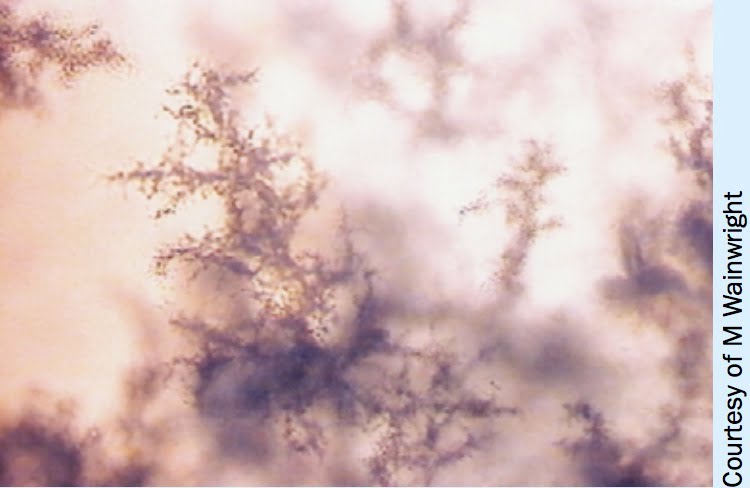The original Rife organism, which appears to be a necessary condition for cancer cells to survive, has many strains and is highly persistent. The so-called Rife BX/BY “virus” is now believed to not be a virus, but rather a filterable, polymorphic, cell-wall deficient bacteria similar to Bacillus licheniformus. This is comparable to the Gregory cancer “virus,” which also replicates through cell replication – a characteristic that disqualifies it from being a virus. Both organisms are present in every cancer patient.
Almost all individuals with cancer are infected with Bacillus lichenformis. In order to effectively address cancer using electronic means, it is crucial to first eliminate all Bacillus lichenformis from the body, as it functions as both a tumor promoter and a mutagen. Tumors are more likely to grow or recur when this organism is present.
Many researchers may be unaware of a note in The Lancet, a leading medical journal, in which scientists reported having DNA sequenced the “cancer germ.” British researchers isolated and DNA sequenced what appears to be the Rife “filterable bacteria.” Bacillus licheniformis is a pleomorphic organism that can take the form of rods, cocci, and fungus-like structures. Rife faced significant challenges in culturing this organism in the 1920s, and researchers have had limited success since then. Thus, demonstrating non-contaminated multiple forms of the same organism with identical DNA sequences is a significant accomplishment that could resolve decades of controversy.
Reference: Sansom, Clare. “Cancer Germ” Bacteria Isolated. THE LANCET Oncology, Vol 4 February 2003, p. 63. (A free Lancet account is required to view this document.)
An article titled “Cancer Germ” Bacteria Isolated, published in The Lancet Oncology on February 1, 2003, and written by Clare Sansom, reports on a study by researchers at the University of Nottingham in the UK. This study discovered that Bacillus licheniformis was present in the tumors of breast cancer patients, suggesting that the bacterium may play a role in cancer development.
Summary of the study:
- Researchers collected tumor samples from 20 breast cancer patients.
- Bacillus licheniformis was found in the tumors of 18 patients.
- The bacterium was absent in control samples taken from healthy tissue.
- Researchers propose that the bacterium may contribute to cancer development by promoting inflammation and cell proliferation.
This study is the first to identify a bacterium potentially involved in breast cancer development. The findings could pave the way for new preventative measures and treatments for the disease.
Milton Wainwright previously published data indicating that bacteria can pass through very small holes (as noted by Rife) and that this has significant implications for their role as pathogens. See: Med Hypotheses 2002 Jun;58(6):558-60.
